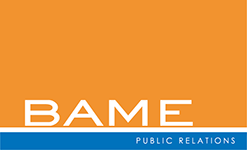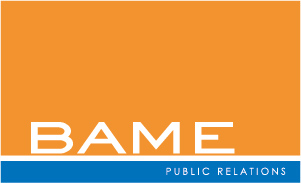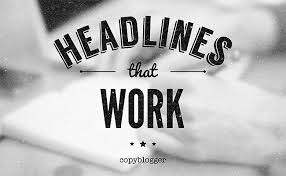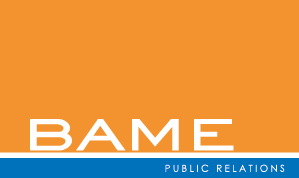How to Write a Headline That Captures A Reader’s Attention
Clickbait proves the theory that a headline is the most important part of your content. A great headline is the key to whether a reader will actually read past your headline and get to the meat of your article. But, I continue to notice headlines in the legal industry for client alerts, studies and attorney-authored articles can be too long, too awkward and downright boring.
Why does this matter? Law firms publish tons of content that consumes valuable attorney time to create. Ergo, don’t waste their time distributing content that won’t get read. That was the focus of a recent Public Relations Shared Interest Group (PR SIG) webinar for the Legal Marketing Association featuring Anne Marie Grewal, Client Communications Manager at Latham & Watkins. Grewal has a strong background as a journalist and has been hired by law firms to be the last stop before content leaves the firm.
Capturing readers’ attention is a challenge. People are distracted and busy and often rushing off to work in the morning, catching up on daily news on a train, or in a variety of other distracting environments when they scan headlines, blogs and other news sources. With all the competing demands on their time, and with short attention spans, headline needs to grab the readers’ attention and draw them in. Grewal’s research and analysis indicate only 20 percent of all readers actually read a blog post or article beyond the headline. But, you have the power to change that.
Grewal believes headlines should be less than 10 words and speak to a target audience. And to do that, a headline writer needs to know the audience:
- What is its level of sophistication?
- What are its fears and aspirations?
- What are the industry terms and lingo? (Compliance professionals look for the word “compliance.” An audience of in-house counsel might look for the words “value” or “cost.”)
A headline has to do more than just summarize the article accurately and neutrally. A headline should highlight a risk, appeal to a common concern or anxiety-inducing issue or promise to solve a relevant problem. Or it should appeal to people’s competitiveness and ambition by suggesting ways to improve services or products.
Here are some good rules for writing effective headline from Grewal:
- Announce that the article has a list of “five ideas” or “seven thoughts,” for example. This tells the audience that you will deliver value in bite-size portions.
- Ask a question; people will want to know the answer.
- Use the concept of “how to” do something. People want practical information.
- Assign value. Say whether something is good or bad. For better or worse, people like value judgments.
- Get to the point quickly.
- Don’t use ambiguous terms or legalese.
- Don’t use academic jargon, even if you’re writing about an academic study.
What are good headlines? Here are Grewal’s examples:
- Listicle: 10 key aspects of the implementation of the Iran nuclear agreement
- Question: Do you want to restructure oil and gas partnership debt? Tax planning is key
- Question: How will Brexit impact environmental and energy law?
- Assigning value: Proposed section 409A deferred compensation regulations offer helping clarifications of current rules
- Appeal to fear or concern: EC charges adviser for failing to monitor consultants
Remember: a headline is your first chance to capture your reader’s interest, and it may be your only chance. See, my headline worked.





